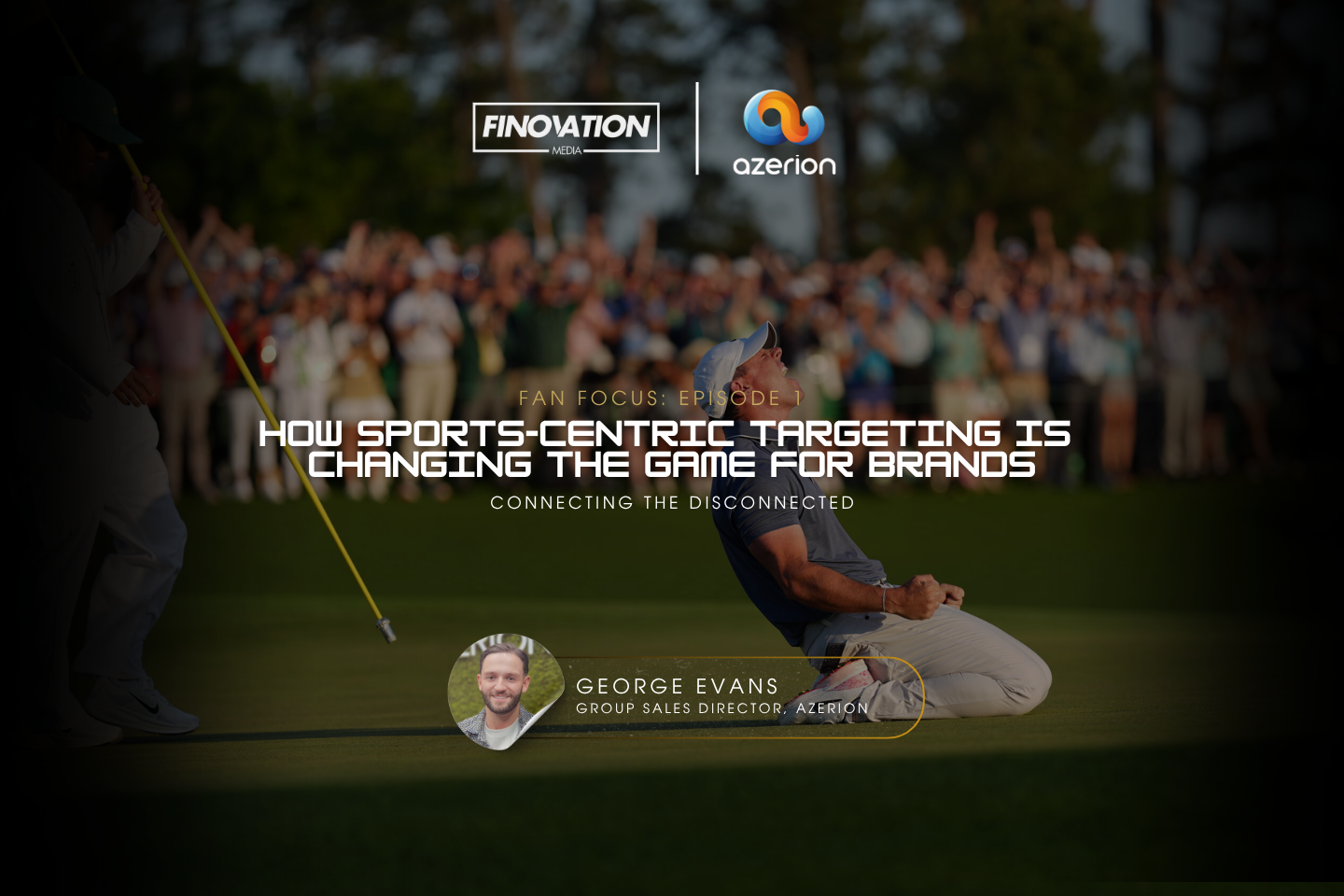.png)
Fan Focus | Episode 1 | Connecting the Disconnected

Nov 19, 2025

If Sports and Programmatic have one thing in common, it’s that both landscapes have never been more fragmented. Similar to how the fragmentation of certain sports is unintentionally siloing fans, the fragmentation of audience data is hindering our ability to reach them.
Over the past few years we have seen a huge amount of fragmentation creep into sport - whether it’s the breakup of professional golf with the PGA Tour and LIV or a new football tournament that seems to be founded each summer. Long gone are the days of reaching sports fans across one media channel or broadcaster.
On top of this we now have an injection of new fans, thanks to the likes of Netflix, Disney and Amazon investing billions into docu-series type content and giving us all a closer look at specific sports and their respective superstars.
Whilst more platforms, fans and investment are great for every sport, it makes reaching sports fans, cross-channel, far more difficult. If you don’t have the right capabilities to do so, that is.
The fragmentation of data (a byproduct of multiple platforms and supply sources) poses a number of significant challenges when it comes to targeting sports fans -
Inaccurate targeting - Data silos hinder our ability to identify and understand fans and customers comprehensively, which in turn leads to less effective targeting strategies and subpar outcomes.
Another challenge is that personalisation is being compromised - Without a unified data view, delivering personalized content becomes challenging, this results in generic messaging – which as we know - fails to engage audiences.
And finally, Inconsistent Measurement: Fragmented data sources lead to discrepancies in performance metrics, which make it incredibly difficult to assess campaign effectiveness accurately.
At Azerion, our unified 1st party data and full tech stack serve as the cornerstone for delivering a personalised consumer experience. We have a few non-negotiables at the helm of our Connected Omnichannel Blueprint:
A Unified identity resolution is imperative: Advertisers must be able to recognise and engage audiences across all platforms without reliance on third-party cookies.
As well as- Real-time audience intelligence: Advertisers must be able to use real-time signals to adjust targeting dynamically and ensure they are reaching the right users across the full customer journey.
Data really is the connective tissue – It fuels precise targeting, real-time optimisation, and personalised narratives that enhance the performance of media and technology.
By dismantling data silos and embracing a unified approach, organizations can unlock the full potential of their marketing strategies- in turn driving engagement, loyalty, and growth.
Azerion’s DMP enables us to build bespoke audience segments for every brand we work with. We combine Search, Share, Browse and Social data to gain insights and deliver the most relevant ad experiences.
With data from over 2.4bn web pages being refreshed every 2 hours we are consistently monitoring how sports fans, trends and browsing habits are changing. So next time you are briefing out 5 different partners, platforms and data owners when trying to reach sports fans across multiple supply sources - take a few moments to consider how you can start to unify Insight, Activation, Targeting and Measurement in a single platform, because the technology is now there to do so.
George Evans, Group Sales Director @ Azerion
Azerion connects audiences to advertisers using proprietary technology, local expertise, and premium inventory that drive measurable omnichannel outcomes in the places that matter to you.